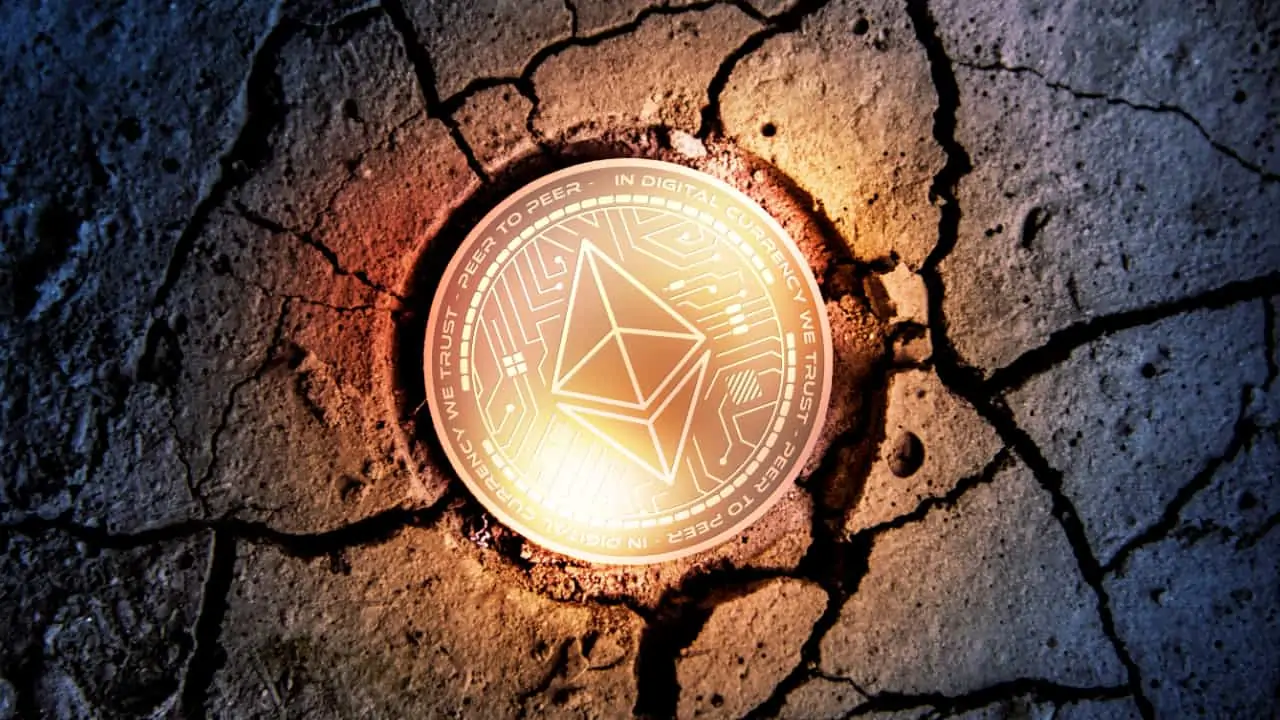Ethereum developer Mikhail Kalinin has published a series of specifications that show the first descriptions and details of what will be the migration of the current Ethereum network to Ethereum 2.0.
In his GitHub repository, the Ethereum developer Mikhail Kalinin, wrote on the first specifications of what will be the initial merger of Ethereum to Ethereum 2.0, which implements a proposal based on the Beacon Chain, the network launched on December 1, 2020, which constitutes the first step of the developers in the construction of Ethereum 2.0.
At this time, Kalinin and the Ethereum 2.0 team are conducting tests for this proposed merger, so it has not yet been loaded into the main code of the Ethereum network.
The new specifications published by the developer are the beginning of what will be the merger of the Ethereum networks; that is, of the current blockchain that operates under the proof-of-work protocol (PoW) and what will be the next Ethereum update that works under the proof-of-stake protocol model (PoS).
Developers are looking into ways to quickly merge the two networks, to mitigate the possibility of miners forking Ethereum. Recently, Vitalik Buterin, co-founder and developer of Ethereum, published a document called “Fast merge by changing branch choice”, explains how Ethereum and Ethereum 2.0 can quickly merge to give priority to the Proof of Stake (PoS) protocol.
The full migration from Ethereum to Ethereum 2.0 will be completed within a couple of years, according to developers' forecasts.
It may interest you: Ethereum developers prepare measures to resist a possible 51% attack
The race to launch ETH 2.0 is accelerating
Ethereum developers are facing the possibility that miners will fork the network, although they say this is not their intention. For context, the high fees that Ethereum is currently experiencing led developers and the crypto community to approve the implementation of an improvement proposal called EIP-1559.
This proposed improvement is designed to reduce commission costs by sacrificing, in a way, miners' profits and income. By not agreeing with the activation of EIP-1559, the large ETH mining pools are calling on small and medium-sized miners on the network to concentrate more than 51% of the hash power on Ethermine, starting April 1st for 51 consecutive hours. According to Etherumine, this will be a demonstration of the organization that miners can reach, to demonstrate their discontent with the activation of EIP-1559, scheduled for next July in the hard fork London.
ETH 2.0: A Necessary Change
Ethereum It is the second network blockchain and the most important and most used cryptocurrency in the markets today. Its high demand by developers and users has considerably increased the costs of using the network, so it now faces great challenges. Firstly, Ethereum's gas costs have increased considerably, raising transaction commission costs to unimaginable levels. This is reducing Ethereum's position and feasibility compared to other blockchain projects, which facilitate all the functions offered by ETH, but in a more economical and accessible way for protocols and their users.
However, despite the current problems and challenges, Ethereum still has an ace up its sleeve: Ethereum 2.0The launch of ETH 2.0 is one of the most anticipated updates in the crypto community for a long time, and although the developers have delayed its launch several times, the arrival of the Beacon Chain in December 2020 rekindled hopes in users and the community, who now see the arrival of ETH 2.0 as more real and closer, although its developers are still struggling to discover and understand the mysteries that sharding holds.
Ethereum 2.0 is an update with which ETH seeks to be reborn as a new cryptocurrency, one capable of providing great advantages and benefits to its users, forgetting about ETH's current problems.
Continue reading: Competition against Ethereum intensifies and strengthens, by Cardano and Polkadot



